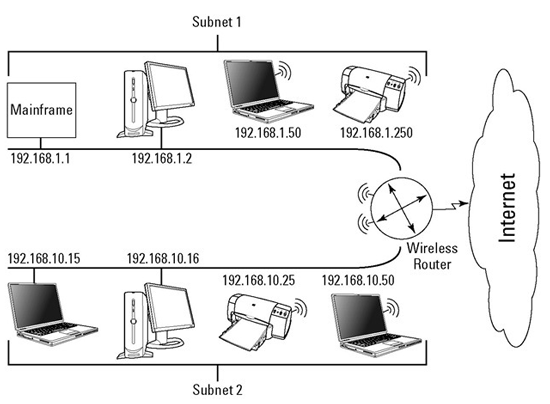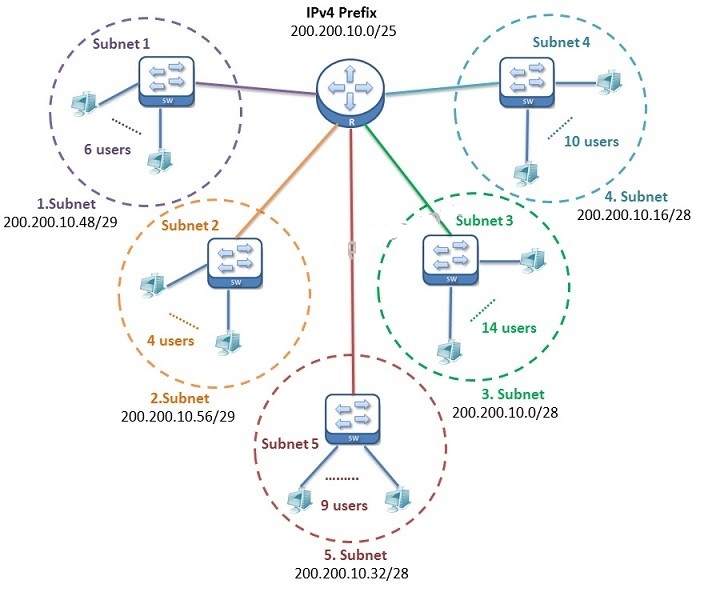A Subnet is a logical division of an IP network.
Networks on one physical segment can be divided into sub networks for
management ease, security and providing different network services. For example, the finance division and marketing division can be on a physical network but are two sub-networks with access restrictions. 

Advantages
Security – A subnet may need to access financial data, while another subnet need to access internet for marketing.
Performance – A subnet may need high bandwidth to the internet than others. The sales department needs to do video conferences.
Establish a DMZ – When companies host their own web server. Subnetting can help filter web server traffic, but nothing else.
Disadvantages:
Costs – Reliable network equipment such as routers, switches, hubs, bridges needed.
Support – Subnetting and network management in general requires an experienced network administrator.
What If you have a class B network 171.14.0.0. ?
This means 65534 hosts are in a single network
Even if 2000 hosts are connected, it is too much for one broadcast domain.
if 64534 computers send and receive packets with the internet, the broadcast traffic is too much for the network. The network will slow down.
We can improve the efficiency of the network by dividing this huge network into multiple subnets. We can assign fewer hosts per subnet.
A router can connect many subnets to allow unicast communication,
but their broadcasts are not propagated between subnets because
routers do not forward them.
For instance: 172.16.1.0/24 subnet allows only 254 hosts in it.
What /24 mean in the address?
Here both IP addresses and their network mask are presented in decimal notation. /24 means that the network mask is twenty-four bits in length from left most bit. The first 24 bits of the IP address are the network portion. The remaining 8 bits are the host address in the network.
 ශිල්ප 64
ශිල්ප 64